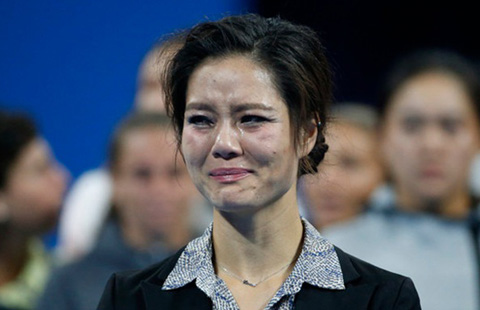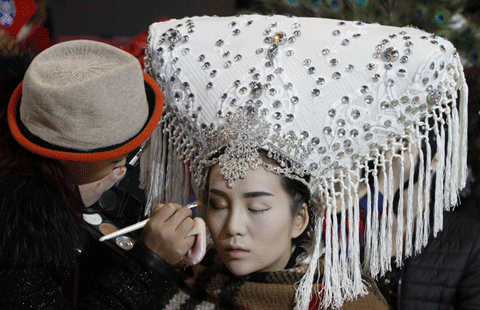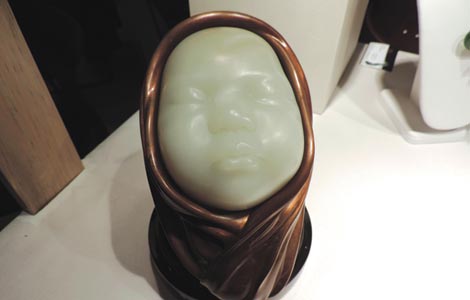Memories of blood and terror - Revisiting Nanjing
Updated: 2014-12-12 20:43
(Xinhua)
|
||||||||
NANJING -- Nanjing in East China's Jiangsu province has a history spanning thousands of years that is stained by invasions and killings, but the Nanjing Massacre, or the Rape of Nanking, eclipsed them all.
The freezing winter of 1937 saw the invading Japanese army kill 300,000 people within six weeks. One person was killed every 12 seconds.
One of the first printed accounts of the Nanjing Massacre at that time was a report by Frank Tillman Durdin, a correspondent for The New York Times.
"Wholesale looting, the violation of women, the murder of civilians, the eviction of Chinese from their homes, mass executions of prisoners of war and the impressing of able-bodied men turned Nanking into a city of terror," he wrote.
This Saturday will be the first National Memorial Day for Nanjing Massacre Victims. Before the event, Xinhua reporters visited the city to get an insight into what happened on and after Dec. 13, 1937.
THE DAY THE JAPANESE TOOK NANJING
Chang Zhiqiang, now 86, often reflects on the happy days before the Japanese invasion. "Nanjing was a prosperous city," he said. "Life was full of fun. There were storytellers, acrobats and magicians."
His father ran a small grocery store. "He was quiet and reserved," he said, "my mom was very clever and made all kinds of shoes for children. Everyone liked her."
As the Japanese army approached Nanjing, refugees from the north flooded in, while locals fled. A telegram sent on October 28, 1937 by Kouki Hirota, then the Japanese Foreign Minister, suggested that there were more than 530,000 people still left in the city.
Chang recalled how his parents took him, his elder sister and five younger brothers to try and flee the city, but stopped half way to the Yangtze River.
"There were not enough boats," he said.
So they decided to wait another day, but, unfortunately, the next day was to be the day the city was captured.
In his book, the "Fabrication of the Nanjing Massacre", Masaaki Tanaka who was the secretary to a Japanese general in WWII, claimed that on the day the Japanese marched into Nanjing, 120 journalists and photographers did interviews across the city, but none saw any bloodshed.
Chang's memory of that day, however, is very different.
"They shot from the gate tower. The city became a sea of fire and smoke," he said.
Several Japanese soldiers entered the house where Chang's family were hiding. Chang remembered one man fighting with the intruders with nothing but his bare hands, so that others could have time to escape.
- Archive documents refute Nanjing Massacre denial
- Documents reveal body disposal of Nanjing Massacre
- China releases online videos documenting Nanjing Massacre
- China to mark Nanjing Massacre with full honors
- Students use puppetry to show Nanjing Massacre
- China releases CPC papers' coverage of Nanjing Massacre
- From survivors of Nanjing Massacre
- China releases school faculty's diary on Nanjing Massacre
Most Viewed
Editor's Picks

|

|
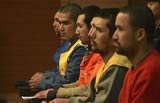
|
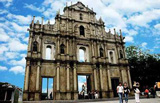
|
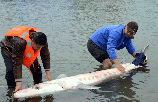
|

|
Today's Top News
Coal to remain vital to China despite climate pact with US
China: Climate focus should be on Paris deal
Climate change agenda marches on, despite its obstacles
US big-data company expands into China
Baidu expected to take stake in Uber
Industry observer expects $60 crude to hold
China, US to tap trade, investment potential
Chinese brands face overseas challenges
US Weekly

|

|

